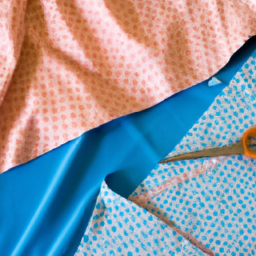
Fleece fabric is a popular choice for garments and accessories during colder months. Soft, cozy, and versatile, sewing with fleece is an enjoyable and satisfying experience. Whether you are a seasoned seamstress or a beginner, here are some tips and techniques to help you sew fleece fabric like a pro.
Choosing the Right Fleece
When selecting fleece fabric, consider the weight, stretchiness, and texture. Fleece comes in various weights, from lightweight to heavy, so choose depending on the intended use of your project. If you’re making a blanket or a scarf, a heavier weight fleece would be more suitable, while lightweight fleece is perfect for jackets or sweaters.
Stretchiness is another important factor. If your project requires stretch, opt for a fleece with some spandex content. This will ensure comfort and flexibility, especially for clothing items.
Prepping the Fabric
Before you start sewing, it’s crucial to wash and dry your fleece fabric. This step helps to eliminate any shrinkage that may occur after sewing and ensures that the fabric is clean and ready to work with. Follow the fabric care instructions to prevent damage and preserve the quality of your fleece.
Cutting and Pinning
When cutting fleece, it’s important to use sharp scissors or a rotary cutter. Fleece can be quite thick, so sharp tools will make the process much easier. Remember to cut with the least amount of fabric shift to obtain accurate measurements.
Pinning fleece can be a challenging task due to its texture. Traditional straight pins might slip or leave permanent holes. A helpful alternative is using clips or sewing weights to hold the fabric layers together instead. They provide better stability and prevent shifting during sewing.

Sewing Techniques
When sewing fleece, consider the following techniques:
- Choose the right needle: Use a ballpoint or stretch needle, as they are designed to push aside the fibers rather than piercing through them. This helps prevent skipped stitches.
- Use a longer stitch length: A longer stitch length, around 3mm, will prevent unnecessary perforation of the fabric and keep the seams strong.
- Use a walking foot: If you’re experiencing any issues with the fabric layers shifting while sewing, a walking foot can help feed the layers evenly through the machine.
- Finish raw edges: Fleece fabric doesn’t usually fray, but it’s still a good idea to finish the edges using techniques like serging, zigzag stitches, or using a binding tape. This will provide a neater and more professional finish.
Final Touches
Once you’ve completed sewing your fleece project, you can add some final touches to enhance its appearance and functionality. Consider adding decorative topstitching, appliques, or pockets for added style and utility.
Remember to give your finished project a final press with a low heat setting, using a pressing cloth to protect the fleece. This will smooth out any wrinkles and give your project a polished look.
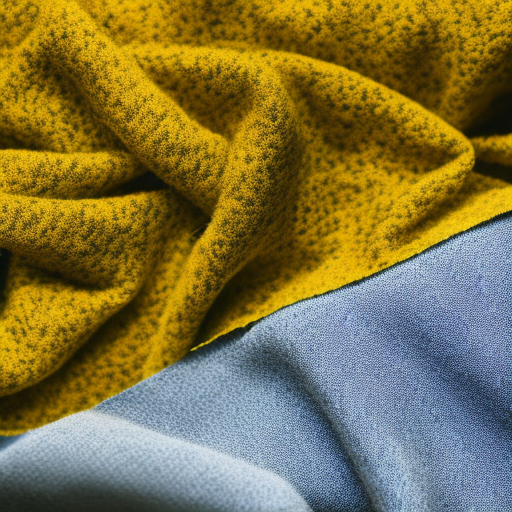
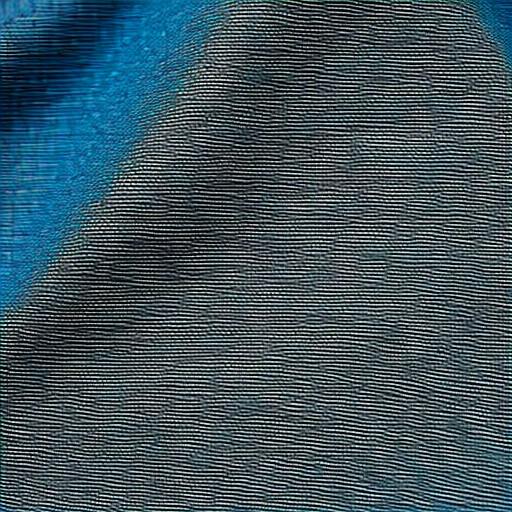
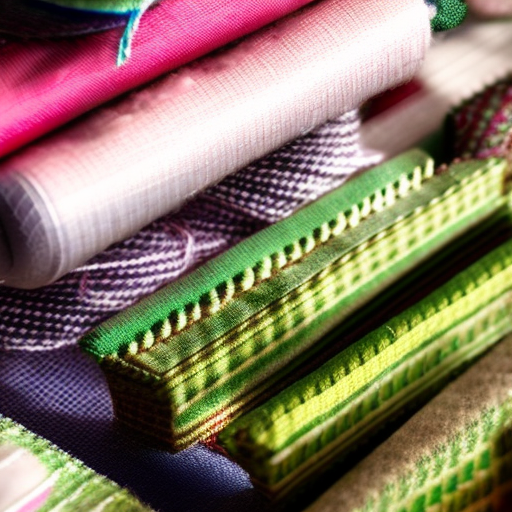
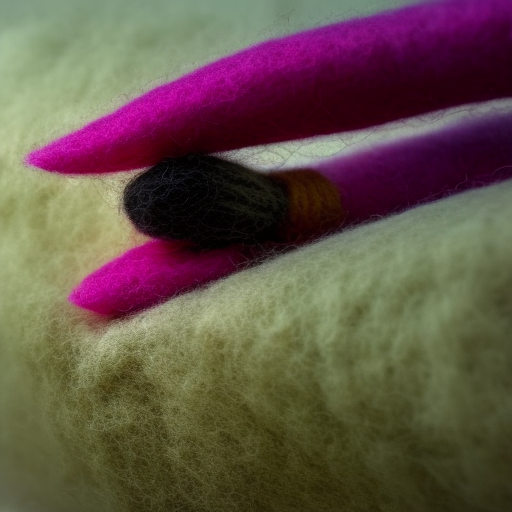

This looks like a fun project! #sewingproject #crafting
#Fabricfun! Creating something with fleece fabric can be a unique and cozy experience. Not to mention you can make so many things like scarves, hats, mittens, blankets, and even pillows. All you need is the fabric, a few tools, a sewing machine, and you are off to a good start!
So many possibilities with this! #cuteandcozy
Crafting is so much fun! #creating